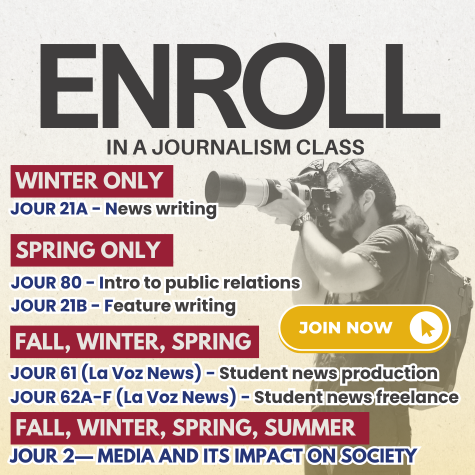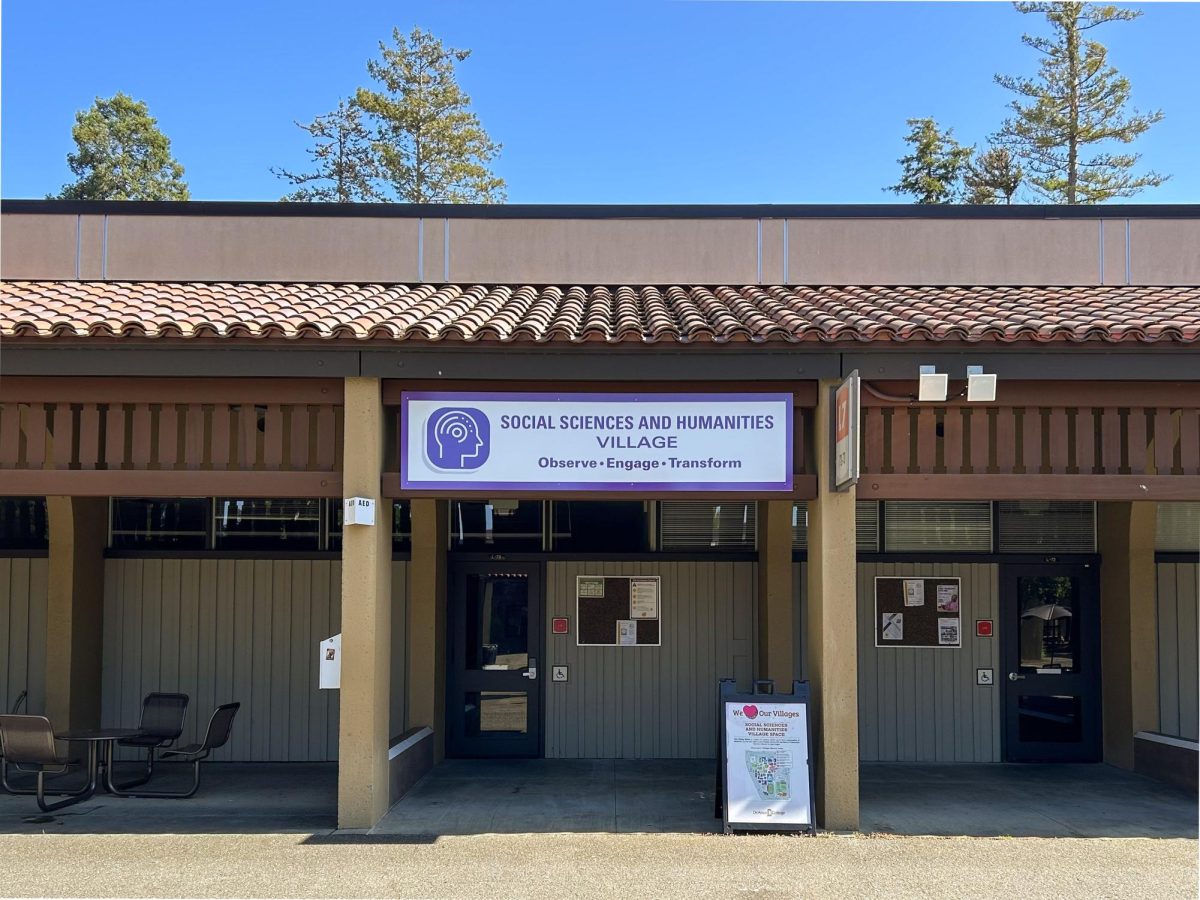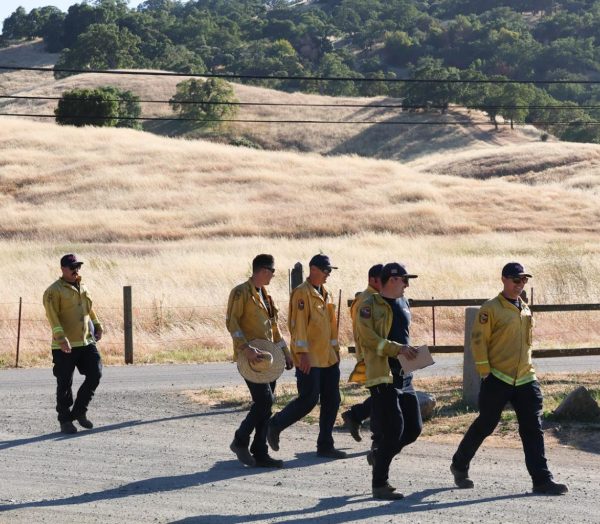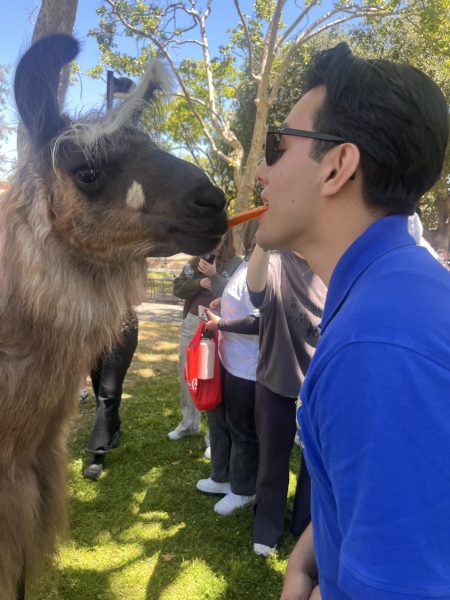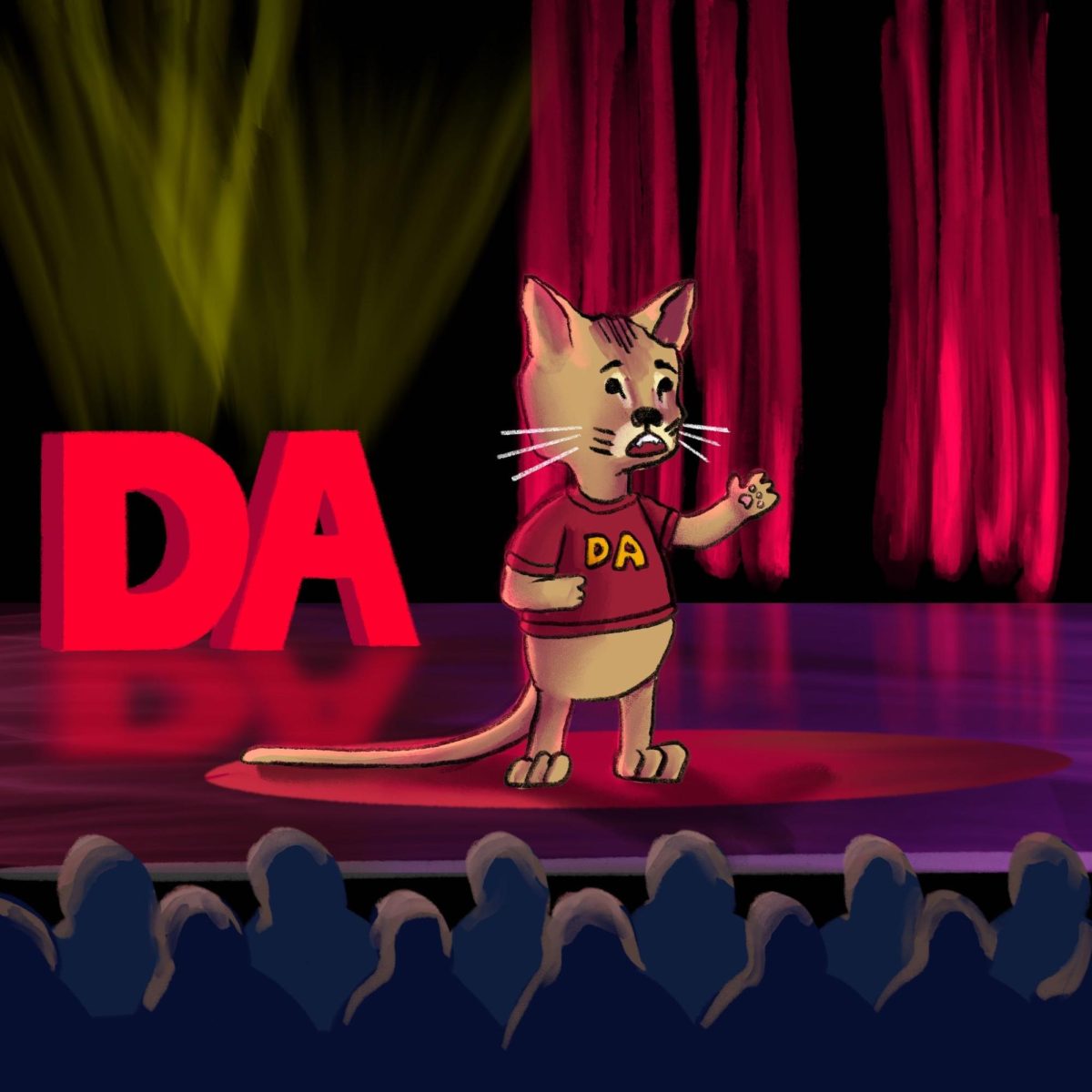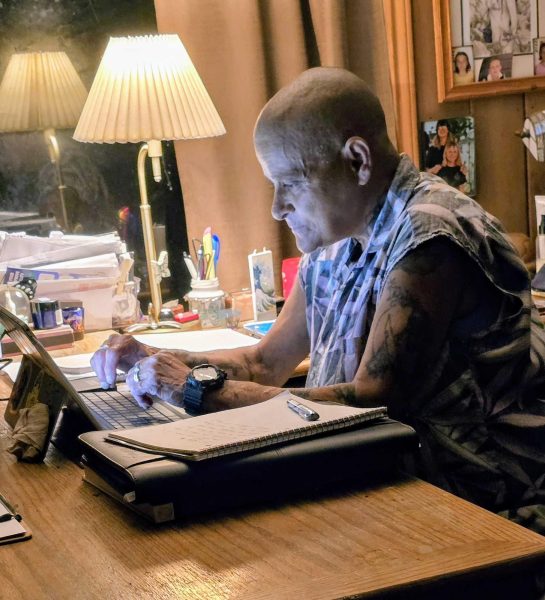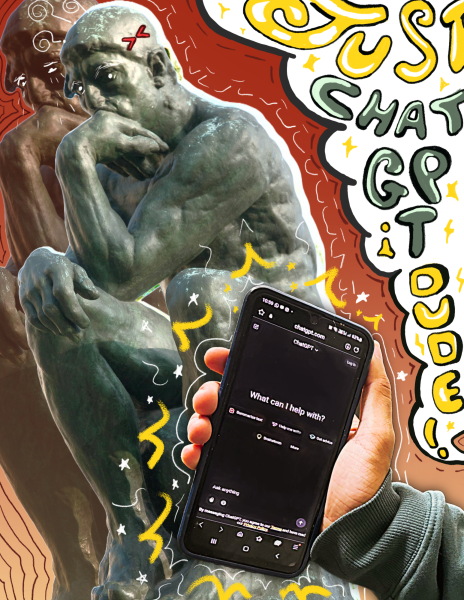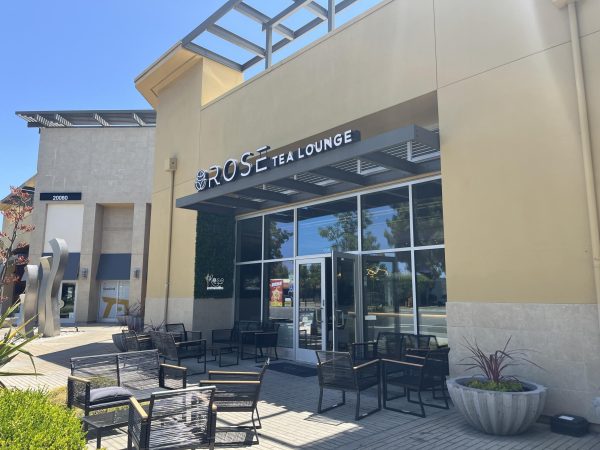Knowing your audience is key
March 29, 2020
Some might argue that Linkedin’s current attempt to pander to a younger generation of users by adding a stories feature to their platform is kind of pointless and ridiculous, however, I think it is actually a fairly good idea.
Originally, the main purpose of Linkedin was so that professionals could market their resumes on a internet platform, so employers could see an applicant’s set of skills and any accolades they might have obtained in previous endeavours.
Additionally, Linkedin made it so employers could post job opportunities to a wider, more global pool of candidates.
Linkedin stories would be the social networking site’s most recent attempt to revamp their platform for a younger audience, but it is not their first.
Following on the heels of Instagram and Facebook, in 2019 Linkedin launched Linkedin Live, which allowed users to live-stream to their network of connections.
It seems to me from the articles I have read that Linkedin Live did not really catch on the way executives projected it would.
Yet, I think Linkedin’s experimentation with SnapChat like stories might prove itself to be a more profitable venture for the company in terms of increased inflow.
Especially with users who are part of the younger demographic because it is way more useful than the ability to live-stream.
According to the Article published by Forbes, Pete Davies, LinkedIn’s Head of Content Products, alleged “that a company might use stories to share “key moments from work events” or “tips and tricks that help us work smarter”.
I think that when thought of in that way, the stories feature being available on Linkedin seems really useful to young professionals.
Instead of posting about the business conference they are attending on SnapChat, where at most three of their friends will see it, they can just post about it on their Linkedin story.
This way your target audience, which is your professional network, will see whatever conference, networking event or workshop you are attending.
Linkedin stories can create more opportunities for the young professional to foster new connections or maintain an old one through the sharing of their experiences.
Another benefit I can think of for Linkedin stories is the beneficial element that comes when you help humanize profiles for prospective employers.
These days, companies do not only want an employee who looks good on paper, but they also want somebody whose personality can merge well with other people and reflect similar values that the company aspires to represent.
By integrating a stories feature, maybe one that is similar to Instagrams, where you can turn specific stories into highlights, Linkedin can help professionals share themselves in a more intimate way with employers.
Ultimately, I think that there are possible ways for Linkedin stories to go wrong, or at least create some amazing epic fail moments, but I also see the value that Linkedin stories could bring to their users.










